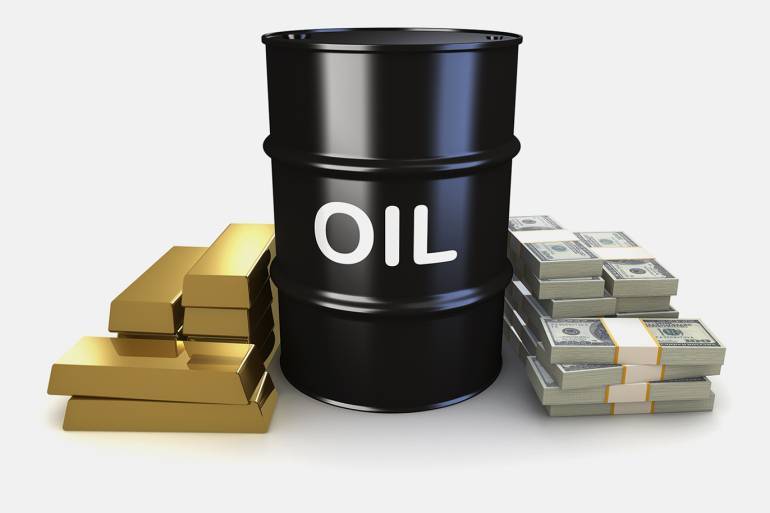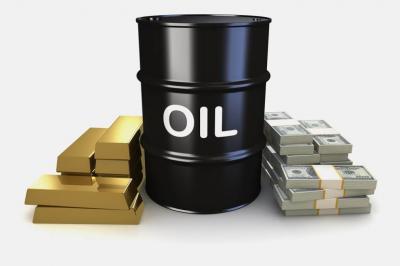The potential return of Iranian oil has sparked expectations of an aggressive struggle for supplies of one of the most sought-after products in the Asian market: condensates. Iran is a major producer of condensates, which are very light crude oil derived from natural gas fields. South Korea is the largest Asian processor of condensates designed for conversion into petrochemicals used in plastic manufacturing. Companies such as SK Innovation Co, Hanwha Total Petrochemical Co, and Hyundai Oilbank Co used to prefer Iranian South Pars condensates due to abundant supply and relatively low prices. However, U.S. sanctions have dried up these flows since 2019. Subsequently, South Korean refineries shifted to Qatari and Australian condensates, as well as West Texas Intermediate crude and naphtha from Europe and Africa.
With the potential revival of the Iranian nuclear deal by August, Tehran will be keen to regain its previous customers. While the battle for market share will focus on South Korean buyers of condensates, it will also extend to Asian markets for light crude and naphtha. Arman Ashraf, an analyst at the FGE industrial consulting firm in Singapore, stated, "The battle in the condensate market will be fierce. Iran will need to offer its production from South Pars at a discount to entice buyers, which will replace a significant volume of arbitrage condensates and naphtha across Asia, and will also lead to a decrease in prices relative to benchmark standards."
The potential lifting of sanctions on Iranian oil will impact condensate markets much more significantly than crude oil, due to the relative importance of supplies from the Gulf state. More than 100 million barrels of production from South Pars are reportedly stored onshore in Iran or in floating and interconnected storage abroad, according to estimates by the energy consulting firm FGE. The consultancy stated that South Pars exports during the inventory depletion phase, which may last more than a year, could account for more than a third of the traded condensate market in East Suez, noting that Iran is likely to ship around 300,000 barrels per day from South Pars once this phase concludes.
Negotiations regarding the nuclear deal are still facing hurdles, with talks in Vienna postponed until next week. Enrique Mora, Deputy Head of Foreign Policy for the European Union, stated last Wednesday that Washington and Tehran would need to make "difficult decisions" that could disturb local political circles. Aside from South Korea, the United Arab Emirates, China, and Japan were among the largest buyers of South Pars production prior to sanctions, with the type selling for about two dollars per barrel or more, significantly less than the price of naphtha from Qatari fields, making it one of the cheapest raw materials, according to traders.
The largest capacity for processing condensates is located in South Korea, the Middle East, and the United States, meaning these buyers stopped purchasing from Iran during the sanctions. China, which continued to buy limited quantities of Iranian crude despite sanctions, is not considered a major market for condensates.




